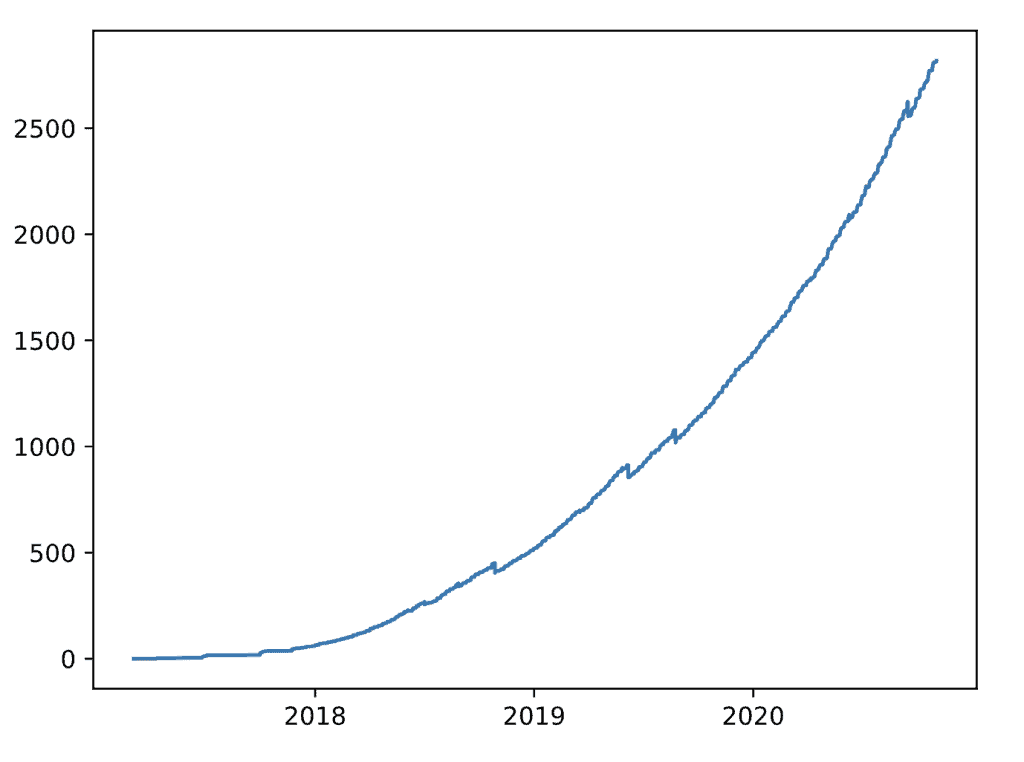Organizer
Directed by Gavin McStay (Staffordshire University), founded by Thomas Krichel (Open Library Society)
Website or social media links
Current stage of development
Ongoing
Project duration
Indefinite
Project aims
Bims is a rapid dissemination system for new papers in PubMed. Bims is powered by human selectors acting as machine teachers.How does this benefit preprints?
- We expect that PubMed will increase its coverage of preprints. A rapid circulation system like bims will amplify the timeliness advantage of preprints.
- It is harder for preprints to reach readers as they are not classified by subject in the same way as journal articles are. Bims helps to bridge the gap.
Background information on current practices
1993 Thomas Krichel published the world’s first online electronic economics working paper.
1997 His continued efforts lead to the RePEc project. It enabled the survival of economics working papers.
1998 He founded the NEP: New Economics Papers project. It circulates the latest adivitions to RePEc’s working paper stock into weekly subject-specific reports curated by selectors.
2004 He created ernad, a special software for maintaining NEP reports.
2013 He started to refactor ernad so it could apply to various document collections.
2017 He persuaded Gavin McStay to direct a project to apply ernad to PubMed. Now we have “bims: Biomed News”.
2020 PubMed started to index some preprints. Bims became a rapid circulation tool for them.

This graph shows the evolution of the number of issues in actively maintained reports over time. The downward shifts occur when we close a report.
Overview of the challenge to overcome
As evident from the graph, keeping users is easy. Marketing bims to new users is hard.
- Nothing even remotely like it existed before.
- It flies in the face of conventional wisdom.
- We can’t instantaneously demonstrate how it would work for a new user.
- We lack prestigious backers.
The ideal outcome or output of the project
- In about 20 years many biomedical researchers will maintain a bims report. It will be part and parcel of being research active.
- Bims is a pioneering example of an expertise sharing system. The aggregate of all reports can give a hint about the quality of papers. It would be something like a crowd-sourced evaluation.
Description of the intervention
We continue to recruit new users. Unless we get sponsorship for a server, we can’t move to new ventures.
Plan for monitoring project outcome
Project outcomes are publicly available. We monitor reports manually at this time. As bims grows, Machine-aided monitoring will be an interesting challenge.
What’s needed for success
Additional technology development
- build report home pages and rankings;
- improve presentation of PubMed records;
- bring machine learning to first issues;
- improve the machine learning;
- disseminate report issues by email lists;
- build a system inviting authors of papers selected for a report to join a mailing list for that report;
- start duplicate detection.
Feedback, beta testing, collaboration, endorsement
- We disseminate our data in bulk. We we want it to be reused. The mitochondrial abstract resource is a start.
- We could use a preprints dataset. But needs to interoperate with PubMed. We need to highlight to bimsers any published paper that appeared as a preprint before in the report.
Funding
We urgently need funding for a server. Funding for software development would accelerate our progress.

I’ve been taking part as a machine teacher using Biomed News to filter relevant newly published papers in my field. The true power is to share the selected papers with other researchers, and seeing which papers they selected. I gain valuable insight into what others have found important, and can close gaps to other related domains of interest. The dissemination of the reports happens on twitter at the moment – this seems to work well. The more people use the system, the better it will get, and to include preprints would include more articles that are not circulated by subject-specific journals.
Hi there,
I have been using using Bims for a while now and it just works perfect for me as it allows me to keep up to date in the scientific literature I am interested in. I tried email and/or news feed subscriptions from the journals but I ended up with thousands of papers a week with no real application to my research. So I thing the approach from Bims is good, quick and reliable. Besides, I am now following other bims reports so every week I’m getting a better picture of what is published and where. Dissemination is OK, but it is difficult sometimes to convince colleagues to open reports, although I’ve seen an increase in the last couple of months.
Biomed.news is an excellent resource which makes it extremely easy to keep up with the literature of relevance. Once trained, the engine returns reports in the order that requires very little manual curation. There is a growing number of users covering different areas of science. Typically the regular users are highly enthusiastic scientists who are active on social media. However I personally found it difficult to persuade colleagues to open new accounts.